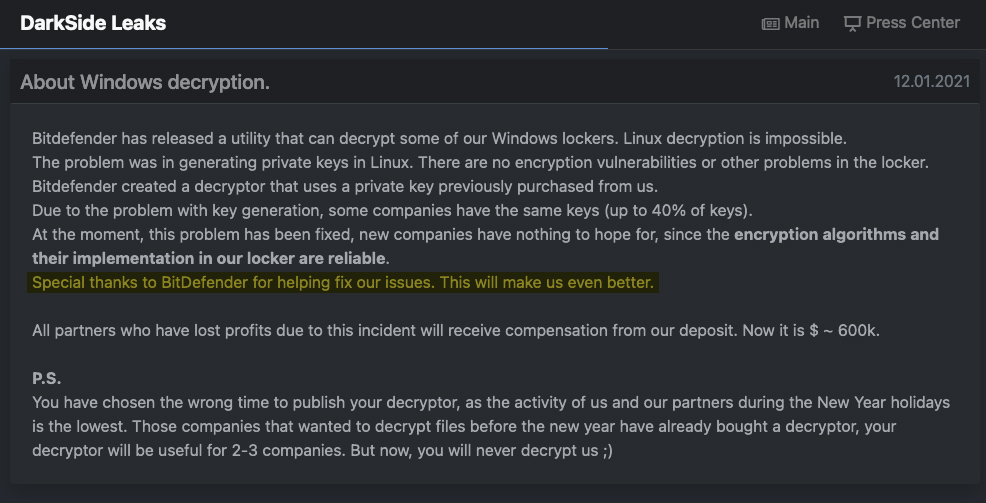Until Hunter took her off the payroll and canceled her health insurance after the baby was born….
The former stripper who bore Hunter Biden’s out-of-wedlock child — and who he claims that he has no memory of meeting — was on his consulting firm’s payroll during her pregnancy, text messages retrieved from his laptop reveal.
And the first son made sure she was booted off the company insurance plan months after she gave birth, according to the texts.
The messages, which are contained on Hunter Biden’s abandoned laptop, shed new light on the relationship between him and Lunden Roberts, who gave birth to their daughter Navy Joan Roberts in August of 2018, the Daily Mail reported Wednesday.
Roberts messaged Biden on July 24 of that year to let him know that their child’s due date was Sept. 8. (“Amoeba DD Sep 8, 2018 All Good,” she wrote.), the Mail reported. The message received no response from Hunter.
Fifteen days later, on Aug. 8, Roberts messaged him again.
“Reached out a few times, it’s clear you don’t want to be reached,” she wrote. “Need to talk to you. If you feel the need to reach out, my line is always open. Hope all is well.”
Again, Biden did not respond. Screenshots taken by the Mail showed that message appeared four times, though it’s not clear whether Roberts actually sent the message four times.
That December, Hunter Biden messaged assistant Katie Dodge asking for information about his firm, Rosemont Seneca.
“And just for clarification who is pay roll paid to now and for past nine months?” he asked, adding in subsequent messages, “So when you took what’s her name off and re directed her income did it also End my insurance.”
“Past nine months has been you, me, Lunden, Hallie, Liz & Erin,” Dodge responded. “But currently only you me & Erin.”
Dodge later reassured Hunter: “No, Lunden’s removal doesn’t jeopardize insurance.”
Roberts slapped Hunter Biden with a paternity suit in May 2019. The suit was settled in March of last year with Biden agreeing to pay an undisclosed monthly sum in child support and health insurance premiums. More here from the NY Post
***  source
source
Related reading: Dem Lobbyists Under Investigation over Work for Hunter Biden Linked Ukrainian Energy Firm
There is more actually and this deals with Hunter’s salary. It was cut in half because dad was no longer Vice President…..
President Joe Biden’s son Hunter had his salary cut by the Ukrainian energy company that put him on their board while Joe served as President Barack Obama’s vice president — just two months after the end of the Obama administration.
A new book from New York Post columnist Miranda Devine includes an email sent to Hunter on March 19, 2017 — two months after President Donald Trump was inaugurated — that asked the younger Biden to sign a new director’s agreement. The email, sent by Burisma executive Vadym Pozharskyi, stated that “the only thing that was amended is the compensation rate.”
“We are very much interested in working closely together, and the remuneration is still the highest in the company and higher than the standard director’s monthly fees. I am sure you will find it both fair and reasonable,” the email said.
Prior to the email, while Joe Biden was vice president, Hunter was paid $83,333 a month to sit on Burisma’s board. After the new agreement was signed, his compensation was slashed by half, to $41,500. To be sure, still an exorbitant monthly sum for someone with no qualifications to sit on the board, but far less than the $1 million-a-year salary he was commanding.
The email, published by the Post, contains no documented reason for the pay cut. As Devine wrote, the “only change in circumstance appears to be that Hunter’s father was no longer in office.” Hat tip to The Daily Wire.
Hunter resigned from the board in April 2019 when his continued employment caused headaches for Joe’s presidential campaign.
Devine added that this email, as well as invoices and other emails, were included on the damaged laptop obtained by the Post ahead of the 2020 election. The Post reported on the contents of the laptop, but the story was suppressed by social media platforms and the mainstream media.





